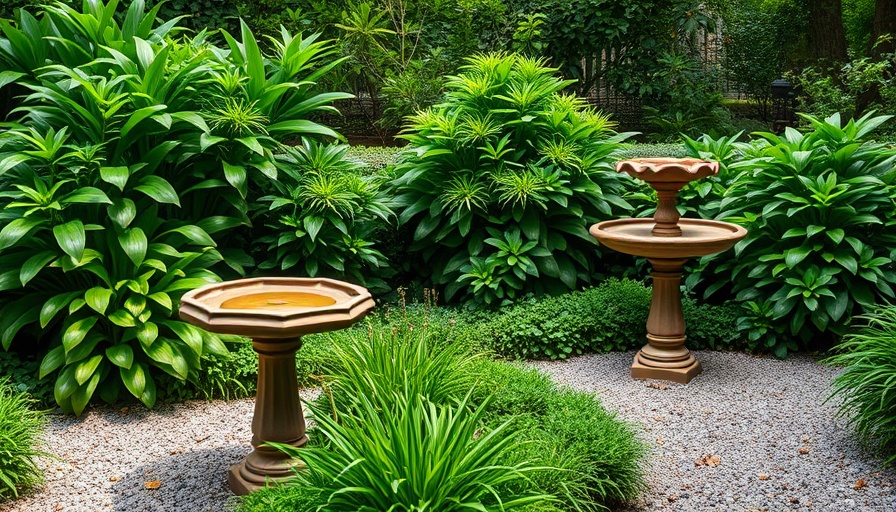
Discover the New Trend in Garden Design: Sand Gardens
As homeowners increasingly seek sustainable gardening methods that are both resilient and visually appealing, the *sand garden* has emerged as a compelling alternative. Designed to thrive with minimal water and maintenance, these gardens offer a vibrant landscape of drought-tolerant plants, presenting a revolutionary shift away from traditional herbaceous borders.
What Exactly Is a Sand Garden?
At its core, a sand garden involves laying a generous layer of coarse sand over existing soil. This innovation fosters low-fertility planting, where plants adapt to challenging conditions. By establishing a 10cm layer of sand, gardeners create an insulating layer that protects roots from extreme temperature fluctuations—keeping them warm in winter and cool in the summer heat. With excellent drainage, these gardens minimize the need for irrigation after establishment, appealing to eco-conscious homeowners looking to reduce their water usage.
Expert Insights from the Field
Insights from Tom Brown, the head gardener at West Dean Gardens in Sussex, paint a vivid picture of this modern gardening style. Tom’s extensive experimentation with sand gardening and alternative low-input methods showcases the real potential of this approach. “We chose a community of plants that can be resilient to extremes—hot, dry summers and cold, wet winters. And the sand layer gives them that extra protection,” Tom explains. By selecting plants that thrive in these harsher conditions, gardeners can achieve stunning displays with less effort.
How to Create a Sand Garden: A Step-by-Step Guide
Creating a sand garden doesn't have to be a daunting task. Here’s a simple guide to get you started:
- Choose a Sunny Spot: Identify an area in your garden that receives direct sunlight all day.
- Prepare the Soil: Remove existing weeds and loosen the soil to create a healthy foundation.
- Add the Sand: Spread a 10cm layer of coarse sand over the surface, ensuring even coverage.
- Select Your Plants: Opt for drought-tolerant varieties that thrive in sandy conditions, such as lavender, sedum, and ornamental grasses.
- Water Sparingly: After planting, provide a little water to help establish the roots, but resist the urge to overwater.
This method not only decreases water usage but also reduces the overall workload for gardeners, making it a more manageable choice.
Realizing the Benefits: Why Choose a Sand Garden?
The advantages are abundant. Beyond its visual appeal, a sand garden promotes biodiversity by providing a suitable habitat for various wildlife. It encourages the growth of resilient plants that can withstand changing climate conditions, ultimately serving as a model for sustainability in our own backyards. Moreover, with less dependency on chemicals—like fertilizers—and minimal maintenance requirements, this gardening style caters to the eco-conscious homeowner.
Future Trends: Expect More from Garden Design
As climate change continues to influence gardening practices, the popularity of sand gardens is poised to rise. Expect to see more homeowners embracing this innovative style, showcasing creativity while being mindful of their environmental impact. The fusion of aesthetics with sustainability is the future of garden design, inspiring a new generation to rethink traditional gardening approaches.
Inspiring Your Next Garden Project
If you are ready to transform your outdoor space into a resilient oasis, the sand garden offers a refreshing change from conventional gardening. With less time spent on upkeep and more vibrant blooms, it’s a trend that should not be overlooked. As you plan your next gardening project, consider embracing the principles of sand gardening. Your future self will thank you!
Visit your local garden center today or consult with a landscaping professional to explore options that fit your home and style. The journey to a sustainable garden begins with informed choices, and now is the time to embrace this exciting trend!
 Add Row
Add Row  Add
Add 




Write A Comment